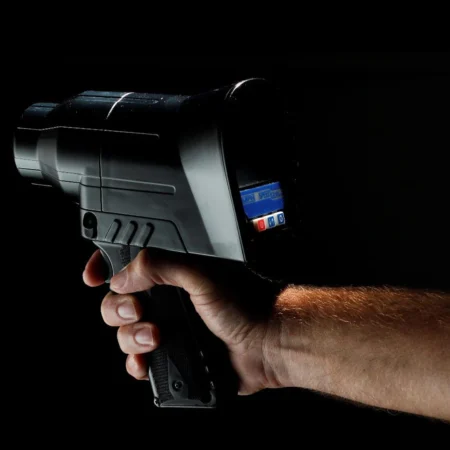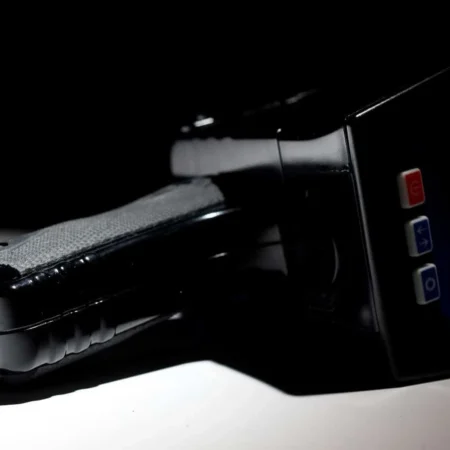MPH Speedgun Pro Handheld Radar
The MPH Speedgun Pro Handheld Radar project was new territory for MPH Industries. They partnered with Catalyst to produce a product with a fresh look and appealing features that would aid in packaging their new radar technology.
MPH wanted to include a new level of product aesthetics to appeal to police officers. Design concepts showcased robust design characteristics focused on tactical product styling trends that officers are accustomed to. Similar to a popular feature on handguns, the handle was specifically designed to accommodate interchangeable grips for a custom fit. This would allow the user to uniquely customize the device with their preferred grip features.
The main objective for the program was to design an enclosure for two different radar sets with modular configurations. The final product includes a detachable handle that allows the unit to be dash mounted in a vehicle. This product provides a new level of customized user interface for officers.
The project utilized several of the Catalyst Product Development resources, from the industrial design through rapid prototyping processes. The talented Catalyst industrial design team developed a series of initial concepts that considered aesthetics, mechanical function and the manufacturability of the device.




